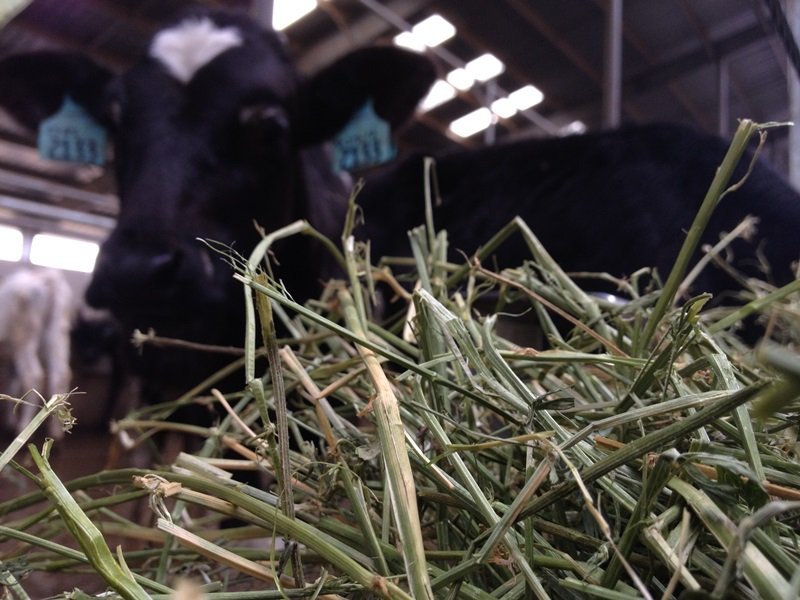
Raising Heifers, the formation of a herd
On the dairy farm, our goal is to raise happy and healthy heifers. It’s important because the heifers are the future of the dairy. If they are not treated well, it will impact their growth, and affect the future sustainability of the business.
Dairies have learned that treating calves well is essential. It’s important that heifers get the right care and feed ration so they can grow into their full genetic potential. Research has actually shown that if you don’t feed your heifers properly when they are young, it can have a lasting impact on how much milk they will produce when they are older.
Financial incentives aside, any good steward knows that giving animal’s the best care possible should always be the main priority of any operation!
Taking Care of the Calves
Calf care on the dairy is really important. I actually wrote about how we take care of the babies in a previous posting. The babies are kept in their play pens (calf hutches) for a few weeks. When they are ready to transition to a forage diet, we move them into group pens. They then become part of the herd!
Calf anatomy 101
Cows have a unique digestive system. When they are young calves the digestive system is different than what it is when they are older.
Cows have 1 stomach, with 4 compartments: the rumen, reticulum, omasum, and the abomasum. The 2 important compartments are the abomasum and the rumen. The abomasum is very similar to the stomach that we have. The rumen on the other hand is how cows can eat grasses, and forages. The rumen is full of billions of microorganisms that breakdown the grasses into energy. The microorganisms digest the plant fiber, and produce volatile fatty acids, and protein to supply energy for the cows.
However when the baby calves are born, their rumen is not developed. The calves actually have a feature called the esophageal groove that allows the milk to bypass the rumen and go directly to the abomasum (human-like stomach).
A Dietary Transition
Over time though, the esophageal groove closes, and the rumen develops with the growth of the microorganisms. When the esophageal groove closes, the heifers aren’t great at digesting milk anymore. So along with the physiological change, the calves also become ready for a dietary change.
Feeding the heifers grain when they are young really helps accelerate the development of the rumen. So if you don’t feed the heifers grain, they won’t grow well as their rumen will take longer to develop.
When the rumen is developed, the calves can then transition from a diet of milk and grain to a diet of forages.
**Over time calves transition from a diet of milk to a diet of forages like Alfalfa**
Group Pens
When the calves are a few weeks old, they move to group pens. At this age the heifer should have strong immune systems, and be full of health and vitality. If the calf has grown well and been given grain, the calves rumen should be developed to the point where, it can begin to eat forages.
The calves are weaned from milk, and they get to eat forages like alfalfa hay. The calves aren’t babies anymore, but growing heifers. So they don’t get any more milk, but they have access to a lot of new feeds.
I think the heifers really enjoy being together. They become part of the herd, and make a lot of new friends.
**The calves enjoying some alfalfa hay**
**Two bestie’s eating together**
**Enjoying their forage ration**
**Some of the heifers are more curious than others**
**A Jersey heifer (the brown one) and her gang**
See more pictures from our farm on my Flickr
Read about Calf care at the dairy
Thoughts
Do you think the heifers look happy and healthy? Let me know what you think in the comments below

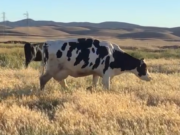
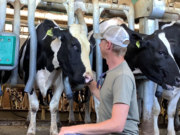
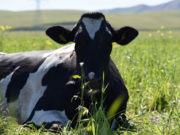
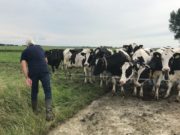


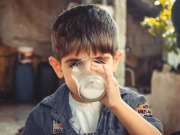
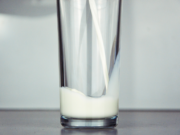
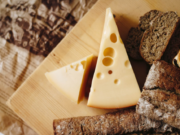
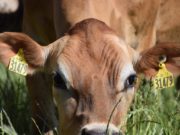
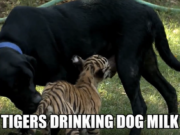
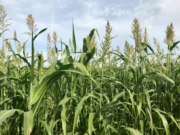
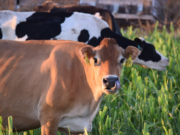
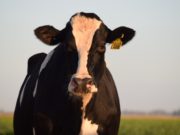
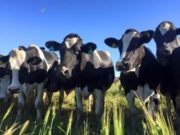
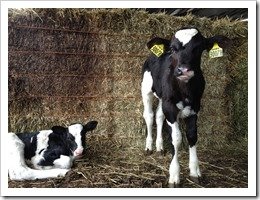
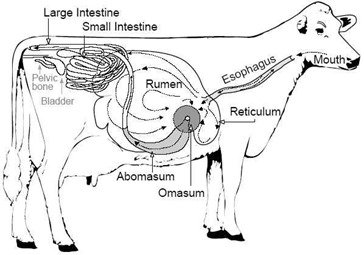
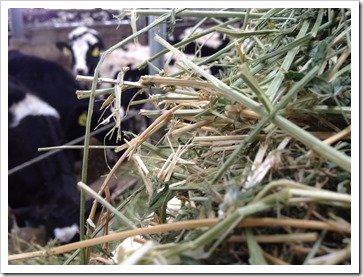
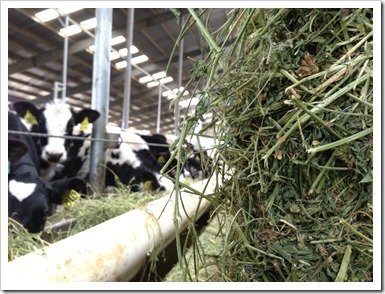
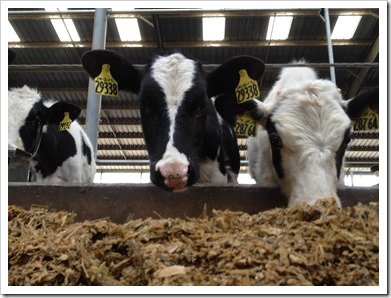
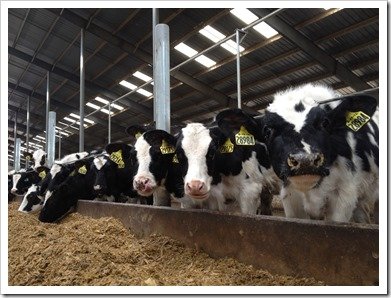
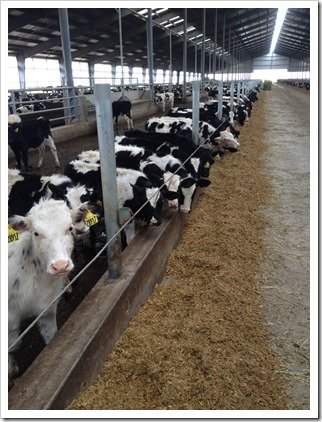
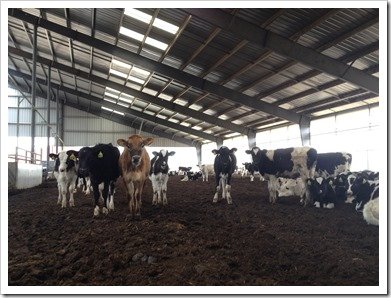



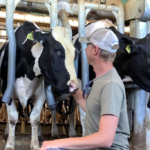

Nice post! It’s very informative and the photos are great. I must admit, this is the first time I’ve visited your blog. I’m excited to see what other content you have.
Nice job,
Will
Thanks, I’m glad you liked it!! Ya, I try to keep things informative. Let me know how you like the rest of the articles!!
Really enjoying the moos! I sell home delivery service for Oberweis Dairy in Chicago Land. They have a few dozen 150-head herds, and do not ultra high cook the milk. Glass half-gallon bottles.
Where’s the farm? Would love to work there.
Jim Booras Lake County, ILLINOIS USA
Oh thanks for the comment. We are in California! I haven’t heard about Oberweis Dairy before, but I just looked it up. Neat operation! There are some dairies selling milk in glass bottles here in California too now. It’s a great trend
I’m going to start leasing a dairy cow. I’m going to raise it up from a calf and once it’s 2 it’s supposed to live at a dairy farm but I’m still allowed to go there and see her and train her and show her at fairs. I just hope that once she’s two she will still be well taken care of at the dairy farm. I’m also concerned about her being bred all the time and haven’t asked if she will have a dry period. Again I haven’t gotten the calf yet so I guess we will worry when we get there.